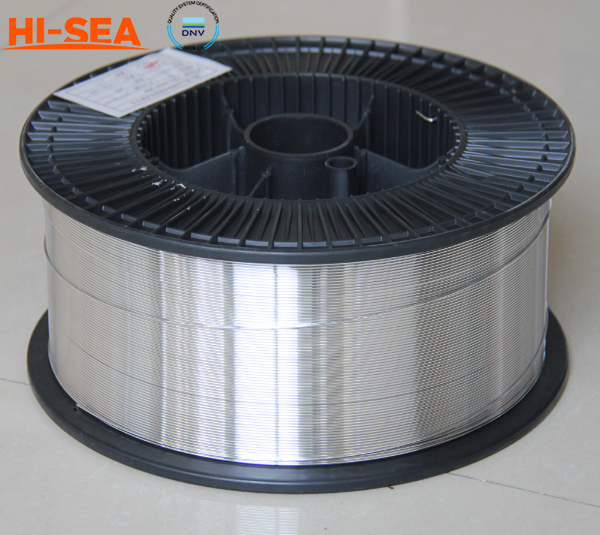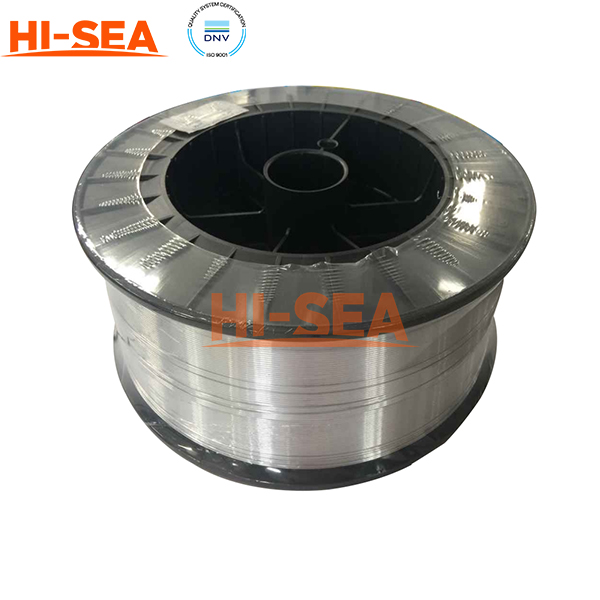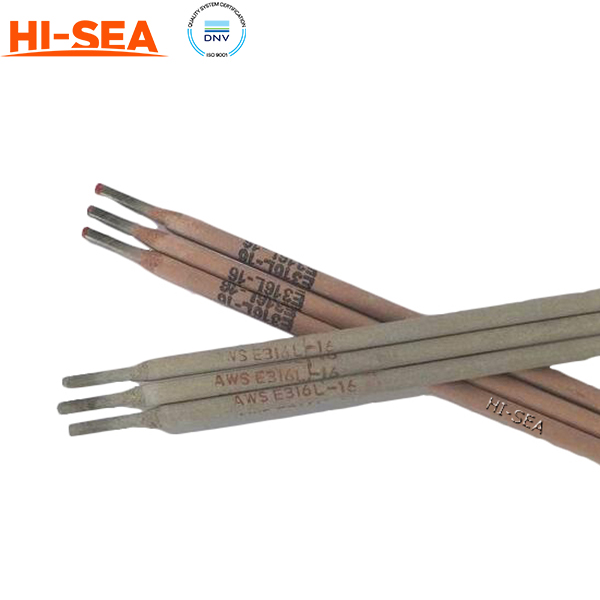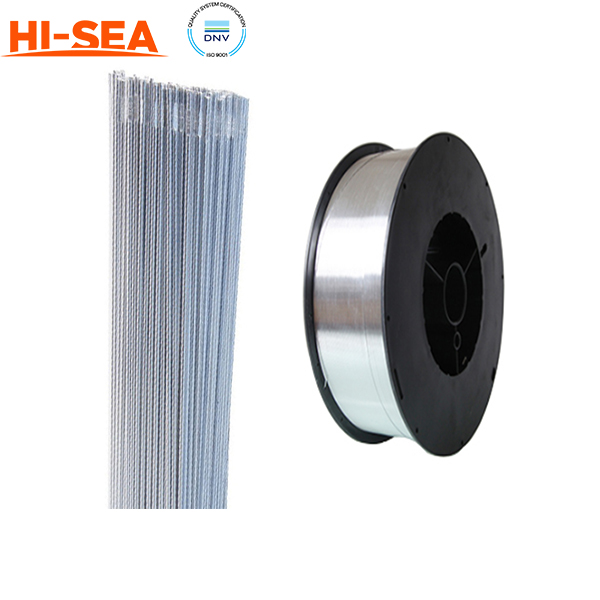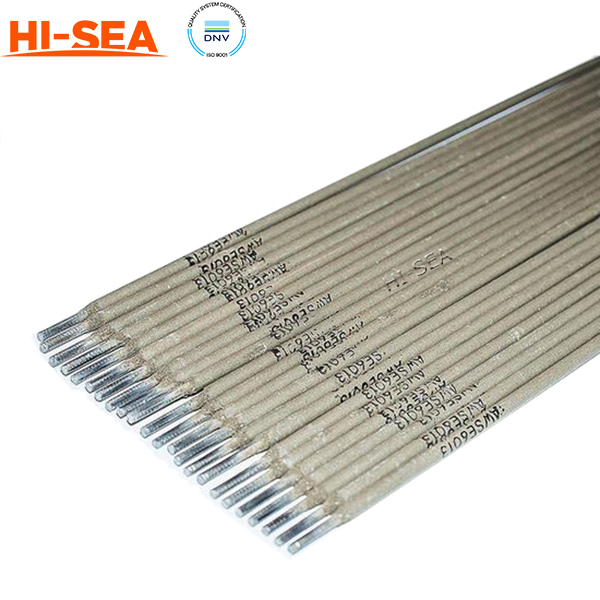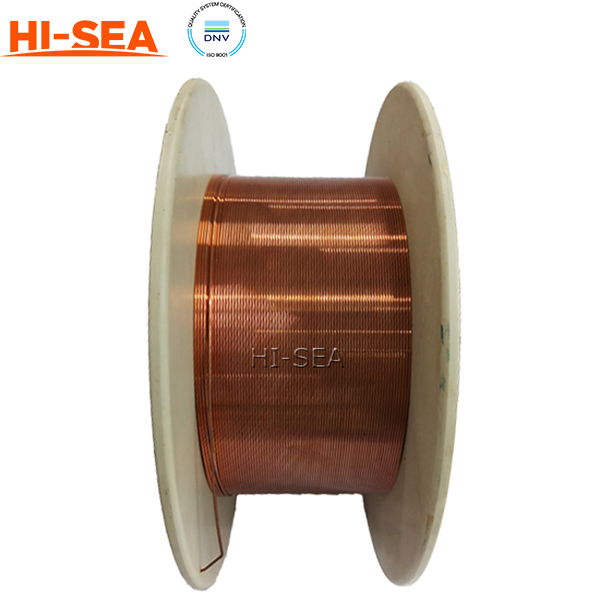MARINE & OFFSHORE EQUIPMENT
- Dredging Equipment
- Marine Deck Machinery
-
Marine Mooring Equipment
-
Marine Anchor
- AC-14 HHP Anchor
- Admiralty Anchor
- Beldt Stockless Anchor
- Bruce Anchor
- Spek Anchor
- Danforth HHP Anchor
- Delta High Holding Power Anchor
- GB11579-89 Light Weight Anchor
- Hall Anchor
- High Holding Power Mastrosov Anchor
- Hot Dip Galvanized Anchor
- Japan Stock Anchor
- JIS Stockless Anchor
- Pool Anchor
- Single Fluke Anchor
- Stainless Steel Anchor
- Stevpris MK5 Anchor
- Stingray Anchor
- US Navy Stockless Anchor
-
Marine Anchor Chain
-
Marine Shackle
- Kenter Shackle
- D Type Joining Shackle
- Pear Shaped Shackle
- Anchor Swivel Shackle Type A
- Anchor Swivel Shackle Type B
- Buoy Shackle Type A
- Buoy Shackle Type B
- C Type Detachable Connecting Link
- D Shackle
- Forelock Shackle
- Anchor Chain Swivel Group
- Straight Shackle
- Anchor Shackle
- Marine Triangle Plate
- Anchor Chain Swivel
- Anchor Chain Joining Shackle
- Anchor Chain End Shackle
- Slim Kenter Shackle
-
Chain Chaser
-
Marine Bollard
-
Marine Chock
-
Marine Fairlead
-
Marine Chain Stopper
-
Marine Mooring Reel
-
Marine Towing Bracket
-
Mooring Rope
-
Marine Towing Hook
-
Marine Shark Jaw
- Marine Fender
-
Marine Buoy
- Marine Floating Pontoon Dock
-
Marine Anchor
- Aquaculture Equipment
- Marine Outfitting Equipment
- Marine Propulsion System
-
Marine Painting
-
Marine Auxiliary Machinery
- Marine Air Compressor
- Marine Air Receiver
- Marine Sewage Treatment Plant
-
Marine Diesel Generator Set
- Marine Oil Water Separator
- Ballast Water Management System
- Marine Hydrophore
- Marine Calorifier
- Seawater Desalination Plant
-
Marine Oil Separator
- Marine Fuel Oil Supply Unit
- Marine Heat Exchanger
-
Marine Hot Well Unit
-
Marine Incinerator
-
Marine Boiler
-
Marine Valve
- JIS Marine Valve
- DIN Marine Valve
- ANSI Marine Valve
- GB Marine Valve
- CB Marine Valve
- CBM Marine Valve
-
Marine Gate Valve
-
Marine Globe Valve
-
Marine Angle Globe Valve
-
Marine SDNR Valve
-
Marine Angle SDNR Valve
-
Marine Check Valve
-
Marine Storm Valve
-
Marine Butterfly Valve
-
Marine Quick Closing Valve
-
Marine Fire Valve
-
Marine Self Closing Valve
- Marine Valve Accessories
-
Marine Pump
- Marine Centrifugal Pump
- Marine Screw Pump
-
Marine Gear Pump
-
Marine Vortex Pump
-
Marine Ejector Pump
-
Marine Diaphragm Pump
-
Marine Piston Pump
-
Marine Fire Pump
-
Marine Emergency Fire Pump
-
Marine External Fire Pump
-
Marine Ballast Water Pump
-
Marine Fuel Pump
-
Marine Lubricating Oil Pump
-
Marine Bilge Pump
-
Marine Sewage Pump
-
Marine Domestic Water Pump
-
Marine General Pump
-
Marine Cargo Oil Pump
-
Marine Hand Pump
- Marine Pump Parts
- Marine Life-saving Equipment
- Fire-fighting Equipment
- Marine Cable
- Marine Electrical Equipment
- Marine HVAC
-
Labour Protection Appliance
- Marine Decorative Material
-
Marine Anode
- Marine Pipe Fitting & Flange
- Marine Instrument
- Ship Building Equipment
INDUSTRY EQUIPMENT
- Hoisting Equipment
- Welding Machine & Material
-
Cutting Machine
- Container Securing Fitting
- Link Chain
- Container & Storage Equipment
-
Diesel Generator Set
- Other Equipment and Tools
- Petrochemical Equipment
- Fiber Reinforced Plastics
- Polymer Materials
- Environmental Protection Series
- Geo-products and Building Materials
- Metal Mesh
- Steel Grating
-
Earthwork Teeth
-
Turnbuckle
STOCK LIST
Contacts
 Tel:+86-23-67956606
Tel:+86-23-67956606
 FAX:+86-23-67956622
FAX:+86-23-67956622
 Email:manager@cqhisea.com
Email:manager@cqhisea.com
Working Time: 9:00--17:00
Working Day: Monday to Friday Website: www.cqhisea.com

MIG Welding Wire
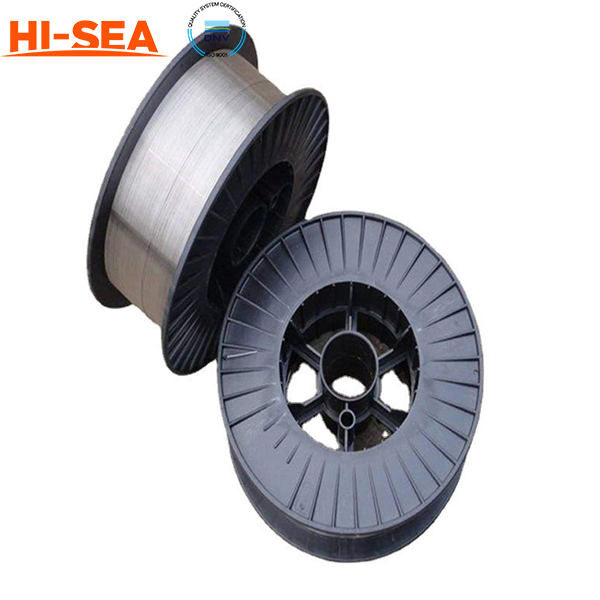
MIG Welding Wire
Introduction:
MIG (Metal Inert Gas) welding wire is a consumable electrode used in the MIG welding process. It's also known as GMAW (Gas Metal Arc Welding) wire. MIG welding involves creating an electrical arc between the welding wire and the workpiece, which melts the wire to form a weld joint. The process is shielded by an inert gas, such as argon or a mixture of argon and carbon dioxide, to prevent atmospheric contamination of the weld.
Select Factors:
Composition: MIG welding wires are available in various compositions to match the material you are welding. The composition of the wire needs to be compatible with the base metal to ensure proper fusion and desired mechanical properties in the weld.
Material Types: There are MIG welding wires designed for different types of materials, including carbon steel, stainless steel, aluminum, and other alloys. Each type of material requires a specific type of wire with the appropriate alloy composition.
Diameter: MIG welding wires come in different diameters, typically ranging from 0.023 inches (0.6 mm) to 0.045 inches (1.2 mm) or more. The wire diameter you choose depends on the thickness of the material you're welding and the welding current capacity of your equipment.
Shielding Gas: MIG welding requires a shielding gas to protect the weld pool from atmospheric gases that can cause defects. The choice of shielding gas depends on the material being welded and the desired characteristics of the weld.
Wire Feed Speed: The wire feed speed determines how quickly the welding wire is fed into the weld pool. It's a critical parameter that affects the size and penetration of the weld bead.
Welding Current: The welding current, often referred to as the amperage, influences the heat input into the weld. The appropriate current setting depends on factors like wire diameter, material thickness, and welding position.
Welding Position: Some MIG welding wires are designed to perform better in specific welding positions (flat, horizontal, vertical, overhead). Choose a wire that suits the welding position you'll be working in.
Spool Size: MIG welding wire is typically supplied on spools. The size of the spool can vary, and it's important to consider your welding needs and the capacity of your welding equipment.
Quality: High-quality MIG welding wire is crucial for consistent and reliable welds. Look for wires from reputable manufacturers that adhere to industry standards and certifications.
Applications: MIG welding is used in a wide range of applications, including automotive, construction, fabrication, manufacturing, and more.
Product Showing:
